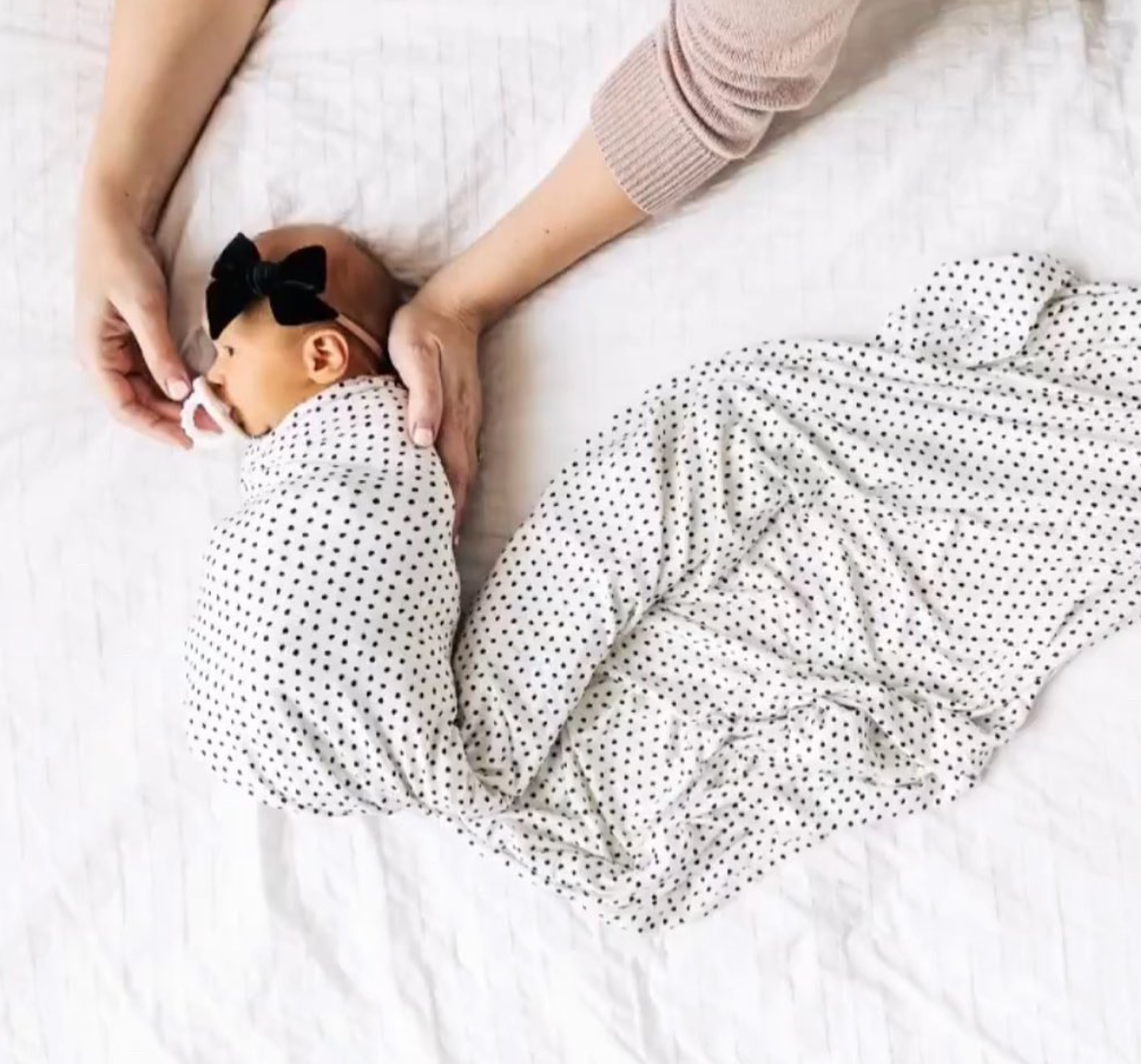Pacifier Weaning: Best Time to Wean the Pacifier from your Baby or Toddler
The pacifier (or dummy) is a wonderful soothing tool for Newborns under 3 months, who come into this world with a need and strong instinct to suck. In fact, many children grow to love their pacifier for years to come! By the time baby reaches 8 months, with a little practice, many have the ability to replace the binky themselves, woohoo!! However, if you have found yourself re-plugging baby's pacifier all night long, it may be time to rethink your soothing strategy and think about pacifier weaning.
When you or your child is finally ready to drop the pacifier, what are the best methods to gently wean a baby or toddler? And when is the best time? And how exactly do you even begin?? Let's dive into the world of pacifier weaning.....
AGE MATTERS
The best possible age to wean from the pacifier is follows: Between 4-6 months, and after 2.5 years of age. Between the ages of 6M-2.5YRS, there are extreme spikes in separation anxiety, stranger danger, and developmental leaps. Taking away a primary comfort item during this time is not only traumatic for the baby, but could also lead to the baby wanting something in it's place to soothe him or her back to sleep between every sleep cycle, which repeats every 45 minutes. However, if you're still willing to go for it, see the next step below which is good for pacifier weaning at any age. If your baby is under 5 months, you can easily wean with this class here. If your baby is over 6 months, and you’d still like to wean from the pacifier (only takes 2-3 nights in this class!), try some modern sleep training with one of our self-paced online classes.
ENCOURAGE AN ALTERNATIVE
A lovey, a small silky blanket (like this one), or a small stuffed animal to squeeze at night can be encouraged during the DAY in place of the binky to transfer their attachment to. To encourage the bond, bring the new lovey on car rides, place in child's hands during cartoons/storytime, and incorporate the new "friend" in silly games like peek-a-boo games in the child's room or wearing it on your head and ask your child to "help you find it". Make sure the lovey has no small parts like button eyes or any potential choking hazards. In our 3-4M class, you can learn a variety of alternative soothing methods by using our “Drowsy but Awake” ladder printable, which slowly walks you through how to put baby down and begin to learn self-soothing.
SLOW & STEADY
To gradually wean a 4-6 month old off the pacifier, start by introducing about 5 minutes of rocking into your naptime and bedtime routines after the feed, allowing baby to suck on the pacifier. When baby is about a 9-9.5 on the drowsy scale, slowly inch it out with your pinky finger. If baby's eyes pop open and they look around, go ahead and pop it back in, keep rocking, and try again in a few minutes. This can also be done if baby is already in the crib, and almost asleep. Give it a week or so, practice makes perfect! Once you have completed pacifier weaning, you can begin to officially sleep train your baby, using this at-home sleep program here for 5-18 month olds.
LIMIT TO NAPS & NIGHT
To begin, start by limiting pacifier usage to the crib for naps and nights (another great way to encourage sleep!) If your toddler throws a fit or needs calming during the day, encourage your little to take a breather in another room, give him some additional one-on-one time, or find his new lovey or security (from above) to calm down with. To learn more about our at-home Nap Training programs, click here.
PACI-FREE TIME
If limiting to naps/night is too much of a step for your paci-loving toddler, try instead to limit it's usage throughout the day to 30 minutes for 2-3 days, then 45 minutes and so on. This can also work the other way, allowing the child to have binky back after 30 minutes, then 45 minutes and so on. Make it fun and encourage good behavior!
GOSSIP
Let your child overhear you "raving" on the phone/to his animals/older sibling/parent about how your toddler went all morning without the pacifier. Reassurance and PRAISE for the older toddlers is a must! This is especially affective with children between 12-24 months who are learning how to communicate more verbally every day! For more sleep training tricks for toddlers that include no crying, visit this page.
DISCUSS
Sit down with your child and discuss together when to give up the binky. This could be a special day, like the weekend or an upcoming birthday, and reward them with a special trip somewhere they enjoy, or that toy they've seen (over and over and OVER- or is it just me that sees it this many times?!) on the Disney Channel commercials.
READ ABOUT IT
Invest in some tried n' true pacifier weaning books to enjoy with your child at night for about a week before you attempt to remove it completely. This book has rave reviews on Amazon by parents whom have sworn by it!
Lots of love, reassurance, and positivity will ease your child through the transition. some toddlers may regress; it's ok to "call it" and try again another week.
Contact us here if you’re having trouble with Pacifier Weaning your baby on your own, and join the thousands of families world wide that have seen sleep success with our gentle baby sleep shaping and sleep training programs!
Stay connected with us:
Click here to see other products that we swear by!
Have questions? You can email us or check out our most asked questions, here.



